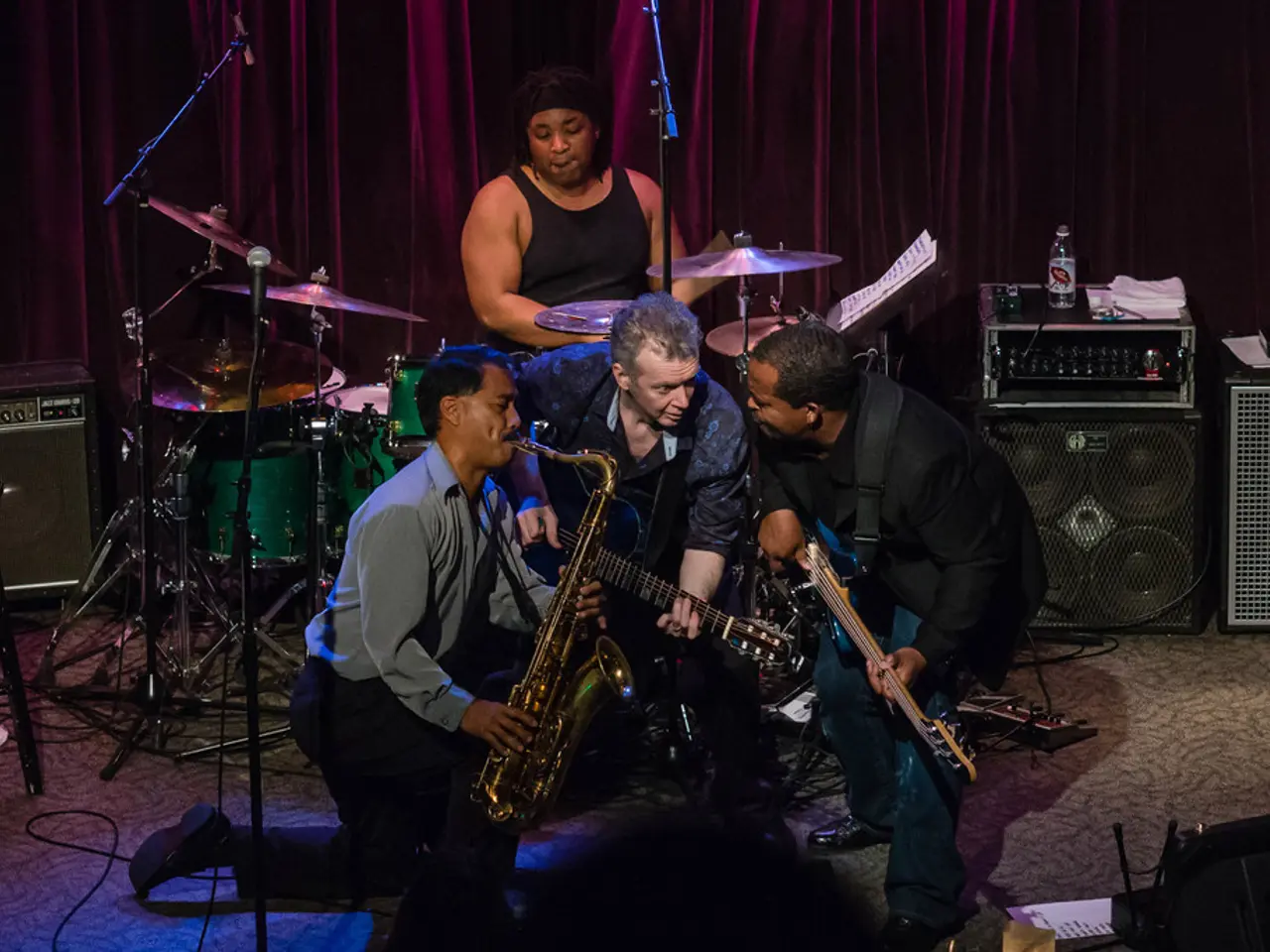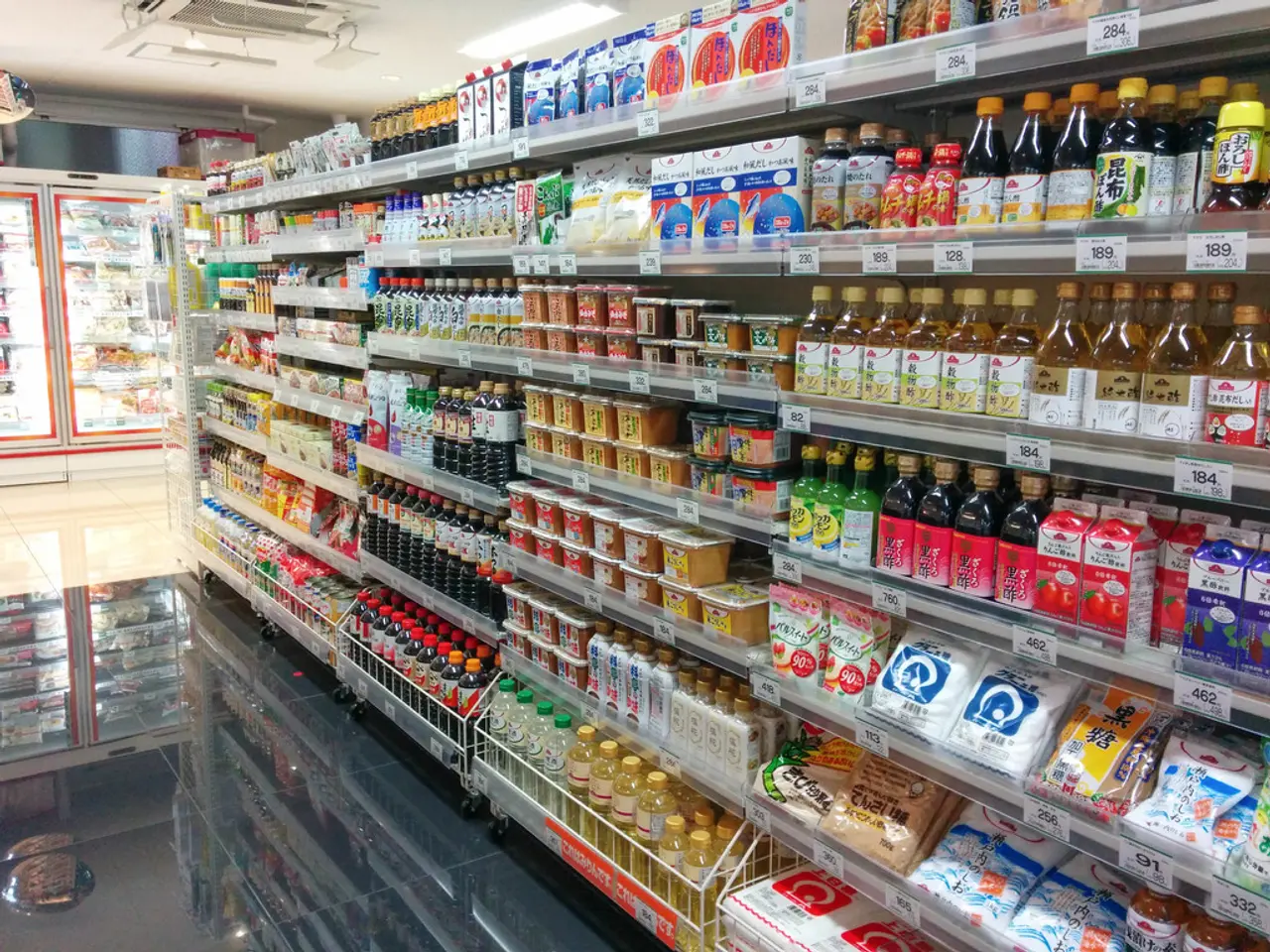Surface's Importance Remains Key in Audio Console Designs
## Current Trends in Audio Mixing: Enhancing Sound Quality and Efficiency
The world of audio mixing is continually evolving, with a focus on technical advancements that deliver professional sound quality and improved efficiency. Here are some key trends shaping the industry:
### MIDI Integration and Mono Compatibility
Strategic use of MIDI in mixes ensures that MIDI tracks align well with audio tracks, maintaining musicality and integrity. Ensuring mixes sound good in mono is vital for compatibility across different playback systems, as it helps prevent elements from disappearing or sounding unbalanced.
### Phase and Polarity Management
Understanding phase and polarity helps prevent audio cancellations. Digital audio workstations (DAWs) offer tools to adjust the polarity of tracks, aligning waveforms and resulting in a fuller sound.
### File Formats and Quality
Choosing appropriate file formats like WAV or AIFF, along with sufficient sample rates and bit depths, is essential for maintaining high audio quality.
## Impact of IP Networking on Soundboards
IP networking has revolutionised the audio industry by enhancing connectivity, flexibility, and scalability in audio systems. Key benefits include:
### Networked Audio Systems
IP networking allows for the integration of devices and systems over networks, enabling easier setup and control of complex audio configurations, including managing multiple devices and locations through a single interface.
### Popular Protocols and Remote Control
Protocols like Audinate's Dante have become popular for IP-based audio networking, providing high-quality, low-latency audio transmission over IP networks, making it easier to manage large-scale audio systems remotely.
### Increased Flexibility
IP networking allows for more flexible setup options, as devices can be easily added or removed from the network, reducing the need for physical cable connections.
## The Future of Audio Mixing
The mixing console is expected to continue evolving over the coming years while remaining fundamentally the same. Trends such as integration with broader IT-based infrastructures, a shift towards cloud-based audio mixing, and the rise of virtual control surfaces are shaping the future landscape of audio mixing.
### Distributed Production Environments
Distributed production environments are a significant trend in audio console technology, allowing for remote operation and utilization of resources in a more efficient way.
### Higher Channel Counts and NGA Support
There is a noticeable demand for higher channel counts and support for Next Generation Audio (NGA) formats in audio mixing.
### The Rise of Touchscreens and Controllers
Touchscreens offer advantages such as fewer moving parts, ease of maintenance, and lower cost. Controllers and in-the-box workflows have gained traction for less demanding or smaller-scale productions.
### The Shift Towards Cloud-Based Solutions
Some broadcasters are considering cloud-based audio mixing, but the control surfaces and operator usage remain important differentiators. Major live production mixer manufacturers now produce consoles that run on standard CPU hardware and are more in line with IT environments.
### Immersive Audio and OBA
Immersive audio, such as Dolby Atmos, is supported by all modern consoles, but it is not yet a standard requirement for broadcasters and most streamers. Object-based audio (OBA) can offer alternative languages and different commentary choices in sports coverage, but it is not a priority in other areas.
### The Evolution of Operators and Control Surfaces
The shift to Next Generation Audio (NGA)/OBA workflows has redefined expectations for mixing consoles, particularly in terms of resource management and operator assistance. Most audio operators still prefer the 'fader in hand' approach, but this may change with the rise of the 'iPhone generation' in board op roles.
Recently, Calrec Audio launched ImPulseV, a mixer dedicated to the cloud, based on a virtual audio mix engine with cloud-based DSP software hosted in AWS. This marks a significant step towards the future of audio mixing, where physical consoles may become a thing of the past.
- The world of audio mixing is witnessing a shift towards remote production with 4K streaming, allowing broadcasters to produce high-quality live content from anywhere.
- The increasing adoption of IP networking in soundboards has facilitated the integration of devices and systems over networks, enhancing connectivity and flexibility for broadcasters.
- As we move forward, distributed production environments will play a vital role in remote audio production workflows, capitalizing on cloud technology to optimize resources across multiple locations.
- Higher channel counts and support for Next Generation Audio (NGA) formats in audio mixing consoles are essential for meeting the demands of immersive audio experiences such as Dolby Atmos in media content.
- The rise of touchscreens and controllers in audio consoles offers advantages such as cost-effectiveness, ease of maintenance, and flexibility for smaller-scale productions.
- The shift towards cloud-based solutions in audio mixing is becoming more prevalent, with major live production mixer manufacturers aligning their consoles with IT environments to support virtualized workflows.
- Newer audio mixing technologies and solutions like Calrec Audio's ImPulseV, a mixer dedicated to cloud-based audio mixing, are paving the way for the future of audio production, ultimately questioning whether physical consoles will remain a necessity.
- The evolution of operators and control surfaces is on the horizon, with the 'iPhone generation' poised to change the board op landscape as more operators embrace cloud-based solutions and virtualized control surfaces.




